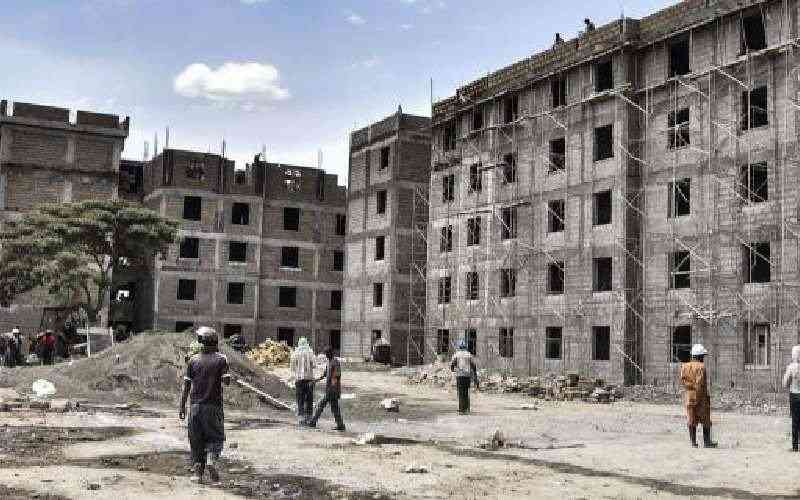
The government has yet again said it will prioritise affordable housing to ensure millions of Kenyans in need of affordable and decent homes realise their ambitions. This presents a fresh opportunity for Kenya to pursue this dream which has somehow been elusive.
The need for housing is almost morphing into a crisis. In virtually every city across the continent, evidence of inadequate housing can be found in the proliferation of informal settlements and overcrowding. With an annual urban growth rate of 3.9 per cent, Kenya faces a serious housing backlog that continues to impact negatively on the health and well-being of low-income households.